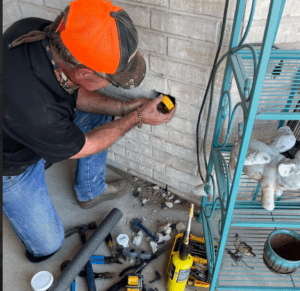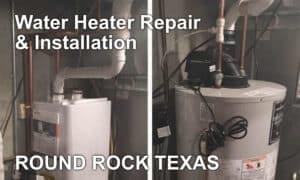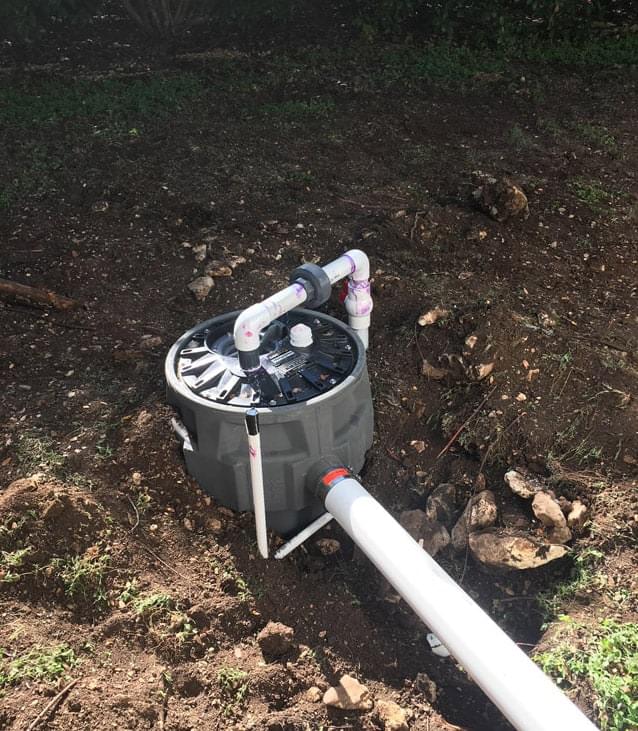If you are looking for a way to repair your pipes without having to dig up your yard, trenchless pipe lining may be the solution for you. Traditional pipe lining requires a trench to be dug to access the pipes that need to be repaired.
Trenchless pipe lining does not require this, which makes it a more convenient option for many homeowners. This blog post will discuss the differences between traditional and trenchless pipe lining so you can decide which is better for you!
What is Pipe Lining?
Pipe lining is the process of installing a new pipe within an existing one. This can be done either by digging up the existing pipe and replacing it or by inserting a flexible liner into the existing pipes. The latter method is known as trenchless pipe lining and is usually more cost-effective and less disruptive than traditional methods.
Pipe damage is inevitable over time. Your pipes will be worn out from age, corrosion, and other factors. As such, the pipe lining process helps to restore and reinforce the old pipes. It can also help to improve water flow and reduce blockages caused by corrosion or other damage.
To repair these damaged pipes, the traditional method was to dig up the pipe, replace it with a new one, and then backfill the trench. This is an expensive, time-consuming process that often causes disruption in your yard or home.
Trenchless Pipe Lining
Trenchless pipe lining is a more convenient option for repairing damaged pipes. Instead of digging up the pipe, trenchless pipe lining involves inserting a flexible liner into the existing pipes. This liner is then inflated and left in place to reinforce the old pipes.
The process can be done in one day, and there is no need to dig up your yard or disrupt your home. It is also more cost effective than traditional pipe lining since it does not require the time and labor associated with digging up the existing pipes.
When you have a qualified plumber, they understand the advantages of trenchless pipe lining over traditional methods. The process is simple, cost-effective, and does not cause disruption to your home or yard.
Trenchless vs Conventional Pipe Lining
When it comes to repairing damaged pipes, both traditional and trenchless pipe lining have their benefits. Traditional pipe lining requires a lot of labor and can take several days to complete. Additionally, it can cause disruption to your home or yard.
Trenchless pipe lining is a faster process that does not require digging up the existing pipes and causes less disruption to your home or yard. Additionally, it is more cost-effective since there is no need to hire multiple laborers and rent specialized equipment.
The decision between traditional and trenchless pipe lining ultimately depends on the situation. If you have an extensive plumbing issue, traditional pipe lining may be a better option as it can provide a more comprehensive repair of the pipes. On the other hand, if you need a quick fix with minimal disruption to your home or yard, then trenchless pipe lining may be the best choice.
Cost of Pipe Repairs
The cost of repairing your pipes will depend on the extent of the damage and the type of pipe lining used. Generally, conventional pipe lining is more expensive than trenchless pipe lining since it requires digging up the existing pipes and hiring multiple laborers.
On the other hand, trenchless pipe lining is often a more cost-effective option since it does not require digging up the existing pipes and can be completed in one day.
Conclusion
Trenchless pipe lining is a more cost-effective, less disruptive option for repairing your damaged pipes compared to traditional methods. However, the decision between the two ultimately depends on the situation and the extent of the damage.
If you’re not sure which type of pipe lining is best for your situation, it is always recommended to consult a qualified plumber. They will be able to assess the damage and recommend the best option for repairing your pipes.
No matter which type of pipe lining you choose, you can rest assured that your pipes will be in better condition after the repair process. You’ll also have peace of mind that you’ll be able to enjoy the improved water flow and fewer blockages for many years to come.
Round Rock Plumbing has a great team of experienced plumbers who will help you with all your pipe lining issues. Talk to us today and schedule an appointment.








